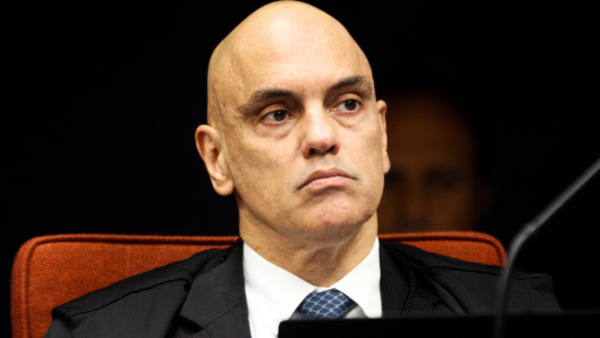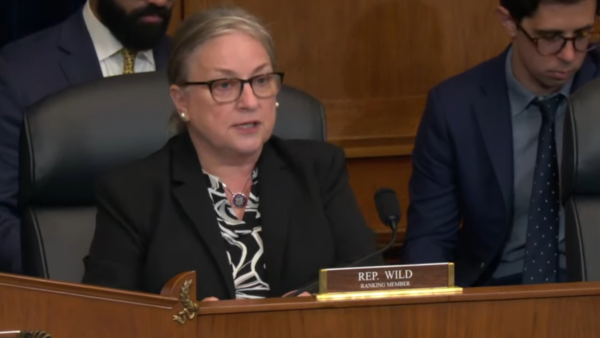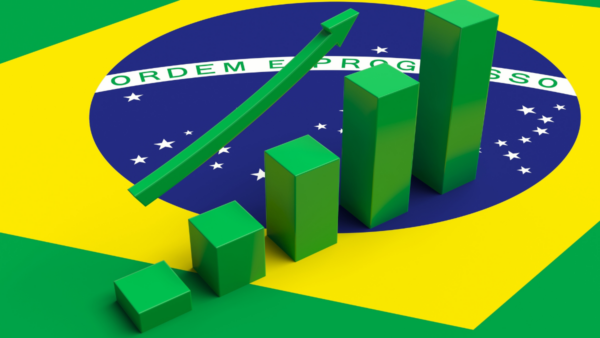In an unprecedented move, the Federal Prosecution Office launched an investigation into the involvement of the state-controlled bank Banco do Brasil in slavery and human trafficking during the 19th century.
The intention is to seek historical reparations for public and private companies that financed or participated in any way in the slavery practiced in Brazil until 1888. The country was the last in the Americas to abolish slave labor.
A group of 14 researchers from 11 universities discovered that the founders of Banco do Brasil included some of the biggest human traffickers from the African continent. One of them was José Bernardino de Sá, one of the richest men of the time, who made a fortune operating half of the illegal trafficking boats between 1838 and 1844. By 1851, he had smuggled more than 20,000 people.
According to the researchers, in an interview with BBC Brasil, part of the bank’s money came from fees charged to the human trafficking vessels. In addition, the imperial government granted titles of nobility and money to slave owners and illegal traders who invested in the bank.
The investigation wants the bank to acknowledge and publicize the role it played and to make reparations, such as by funding studies and policies for Brazilians descended from slaves. A meeting between the researchers and representatives of the bank is scheduled for October 27.
Banco do Brasil was founded in 1808, coinciding with the arrival of King Dom João VI in the country, fleeing the invasions of Napoleon Bonaparte. It was refounded three times, mainly as a private bank. Its current composition dates back to 1853, although it was not until 1905 that the federal government became the main shareholder, in order to avoid bankruptcy,
The bank is also linked to another tragic event in Brazilian history: the Paraguayan War, South America’s bloodiest conflict. The total number of casualties is unknown, but is believed to have been around 450,000 people — including more than 300,000 Paraguayans, leading the country to almost complete destruction and leaving scars still felt today. At the time, Banco do Brasil issued large amounts of paper money to fund high military expenditures.
The movement to hold the bank accountable for its actions related to slavery wants to follow the example of other institutions, such as the Bank of England and Harvard and Brown universities in the U.S.. In recent years, they have acknowledged the role of enslaved people in their history, provided financial reparations to their descendants, and funded research on that issue.
Banco do Brasil told the press that the institution’s legal department will analyze the prosecution office’s documents and provide the necessary information within the deadline of October 17.


 Search
Search






































